Herbs, such as thyme, basil, mint, or parsley, are precious allies for enhancing the flavour of your dishes while adding an aesthetic and olfactory touch to your garden. Planting these herbs in the ground allows for optimal growth and a generous harvest. In this guide, we will walk you through step by step to successfully plant your herbs in the garden.
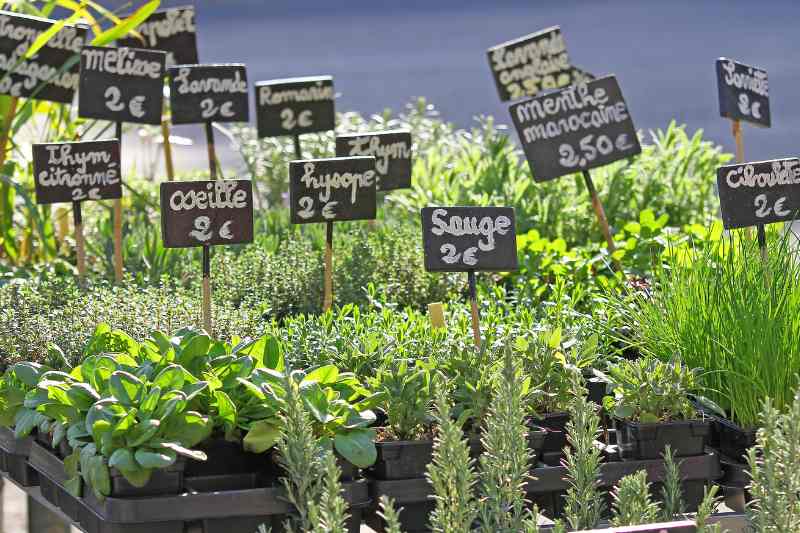
Why Plant Herbs in the Garden?
Why plant herbs? Mainly to have fresh herbs within easy reach to enhance our dishes. Moreover, herbs reveal their full potential when grown in the ground:
- Optimal growth: in the ground, the roots have the space they need to develop, ensuring a more vigorous plant.
- Better disease resistance: deep rooting and good soil aeration help strengthen the health of the plants.
- Increased flowering and production: the natural conditions of the garden promote a more abundant production of leaves and flowers.
- Reduced maintenance: once well established, these plants require less watering and attention than in pots.
However, these plants also grow very well in pots or containers. Growing herbs in pots is ideal for balconies, terraces, or window sills, provided you use a container with good drainage and suitable substrate. They will require more frequent watering than in the ground, as well as regular fertilisation to compensate for the rapid depletion of the soil.
When to Plant Herbs in the Garden?
The ideal time to plant your herbs depends on their cultivation method:
- Plants in buckets or plug plants: planting, in the ground or in pots, can be done in spring, after the last frosts, usually between April and May.
- Sowing directly in the ground: some herbs, like parsley or coriander, can be sown directly in place once the soil has warmed up, from March-April onwards.
Planting in spring allows the plants to benefit from mild temperatures and sufficient moisture for good rooting. It is also possible to plant in autumn, for the hardier varieties, so they can establish themselves before winter.
Where to Plant Herbs?
- Exposure: most herbs appreciate a sunny spot. However, some, like mint or chervil, prefer partial shade. You will find this crucial information on labels, in specialised literature, or on the product pages of plant sales websites.
- Soil type: well-drained soil is essential. Mediterranean plants, such as thyme or rosemary, thrive in poor, stony soils, while others, like basil or parsley, prefer richer, moister soils.
- Soil moisture: ensure the soil does not retain excessive water, which could lead to root rot. If your soil is heavy, incorporate compost or gravel to improve drainage. Avoid sand in heavy soils, as the result is often the opposite.
It is important to pair herbs with similar needs: for example, basil, coriander, and parsley, which like moisture, can be grown together, while thyme, rosemary, and sage, which prefer dry, well-drained soil, will form a good combination. Avoid pairing plants with opposite requirements, such as basil and thyme, as the watering needed for one can harm the other.
Good to know: practising crop rotation helps prevent soil depletion and the spread of diseases specific to herbs. Ideally, change the location of your annual herbs each year and alternate with other types of plants, such as vegetables, to preserve soil fertility.
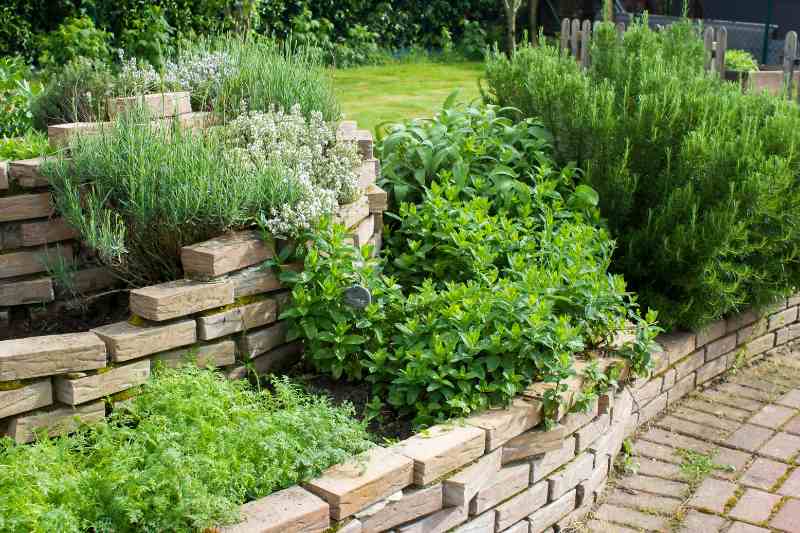
Essential Tools for Planting Herbs in the Ground
Before you begin, gather the following tools and materials:
- A spade or digging fork: for turning and loosening the soil.
- A trowel: to facilitate planting seedlings or transplants.
- Gardening gloves: to protect your hands during handling.
- A watering can
- Compost or an organic amendment: to enrich the soil if necessary.
Practical Steps for Planting Herbs in the Garden
- Soil preparation: loosen the soil to a depth of 20 to 30 cm, removing weeds and stones. Incorporate compost or an organic amendment to improve soil fertility, especially if the soil is poor.
- Digging the planting hole: dig a hole suitable for the size of the plant's root ball, generally twice as wide and deep as the root ball.
- Plant preparation: gently remove the plant from its pot. If the roots are tangled, tease them apart slightly to encourage expansion.
- Plant placement: place the root ball in the hole, ensuring the collar (the transition zone between the roots and the stem) is level with the soil.
- Filling the hole: backfill the hole with the excavated soil, lightly firming it around the plant to eliminate air pockets.
- Watering: water generously to ensure good contact between the roots and the soil.
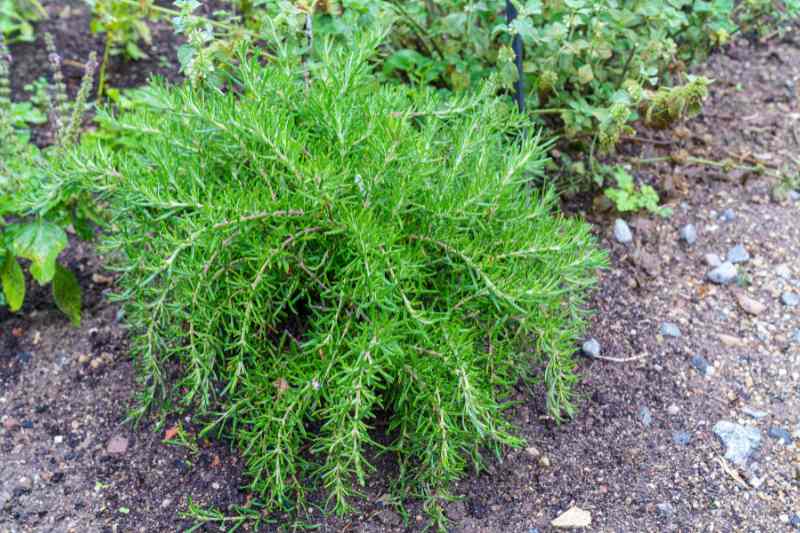
The case of plug plants: herb plug plants are young plants ready for transplanting, ideal for a quick start in the garden or in pots. Ensure you transplant them as soon as you receive them, spacing them correctly and watering them regularly to encourage rooting.
Oli's tip: mints grow rapidly and can become invasive in the garden. To limit their spread, plant them in a buried pot or use a rhizome barrier to contain their roots. Lemon balm, on the other hand, has a tendency to self-seed abundantly. To prevent invasion, cut the flowers before they go to seed.
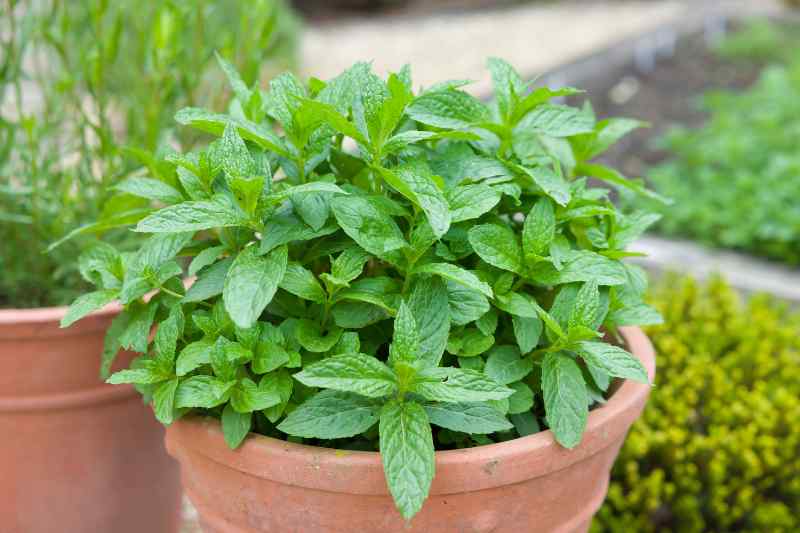
After Planting: Care and Maintenance of Herbs
To ensure the longevity of your herbs, adopt the following practices:
- Watering: water regularly after planting, especially in dry weather, until the plants are well established. Afterwards, adjust watering to the specific needs of each species.
- Mulching: apply a layer of mulch around the plants to retain soil moisture, limit weed growth, and protect the roots from temperature fluctuations. Use natural materials like wood chips, straw, or bark for effective mulching.
- Pruning and harvesting: prune your herbs often to encourage dense branching and vigorous growth. Pick the leaves and stems as needed, avoiding taking more than a third of the plant at once. For woody plants like rosemary or thyme, perform light pruning after flowering to maintain a compact shape.
- Fertilisation: some herbs, like basil and parsley, benefit from an organic fertiliser (compost, nettle tea) every month during the growing season. Mediterranean plants, like thyme or rosemary, prefer poor soil and do not need additional fertiliser.
- Winter protection: for perennials like common sage or rosemary, apply mulch at their base to protect the roots from frost.
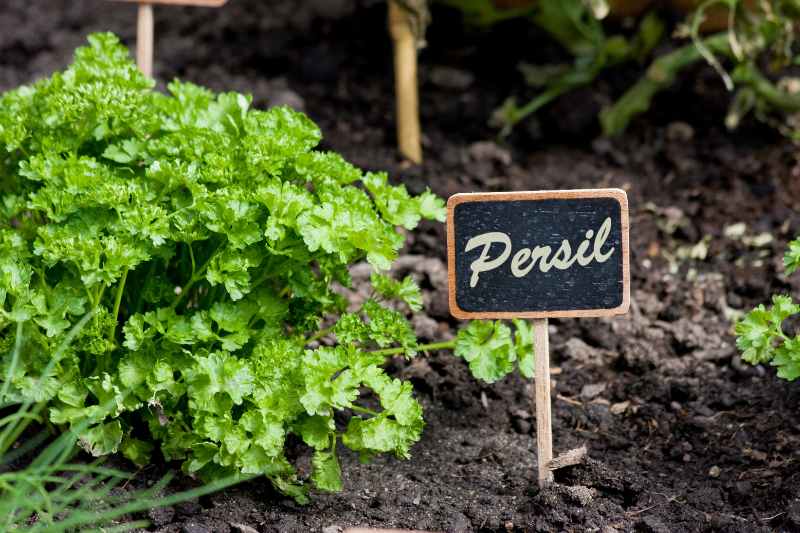































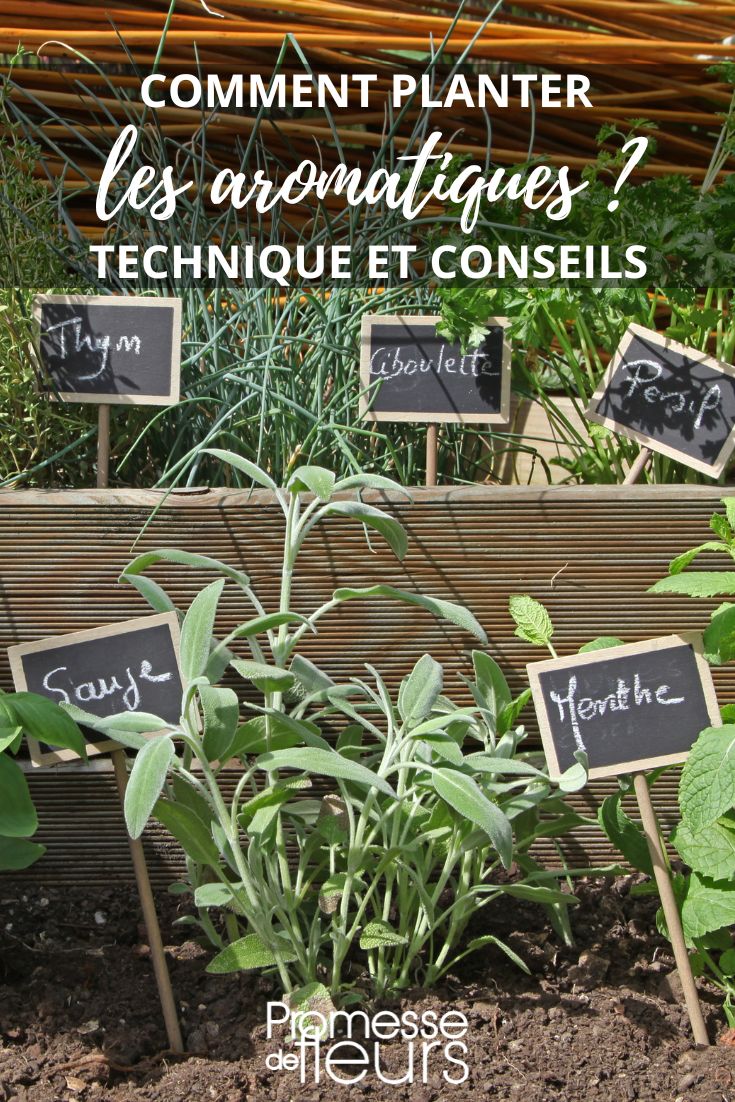
Comments